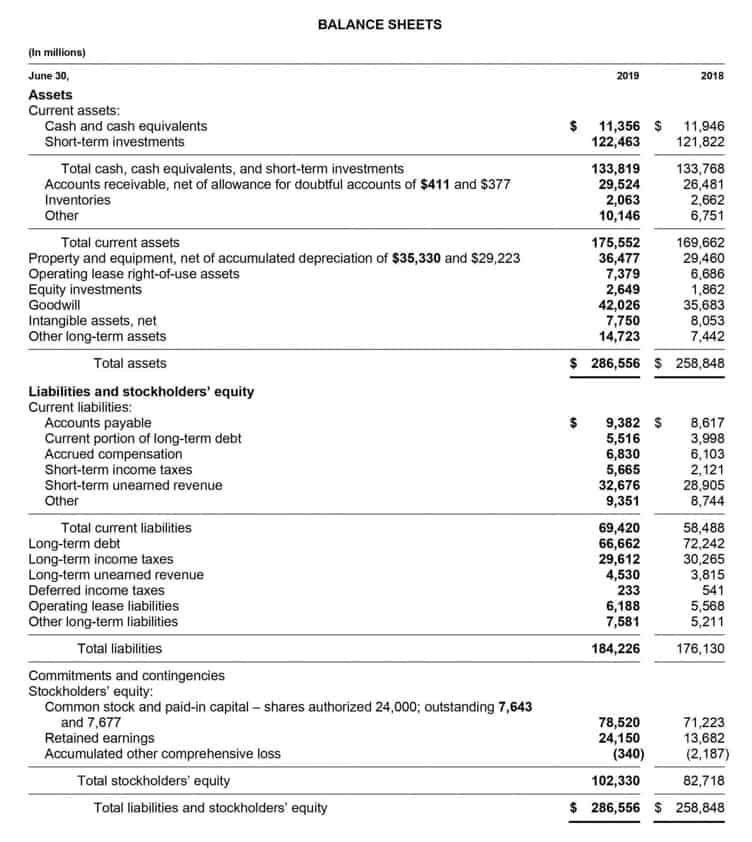
This could include items such as rent or mortgage payment, car payment, gym membership, or subscription services. Cellphone (if you have an unlimited plan) and internet bills, childcare, and insurance premiums are other examples of fixed expenses. Budgeting and forecasting are essential tools for financial planning and control.
Proper recognition and allocation of revenue based on different membership types or packages
For example, while your daycare bill is the same each month, you may also need to hire a babysitter for a few nights. The cost of the babysitter varies based on the number of hours you need and the worker’s hourly rate. The upside of having variable expenses in your budget is that you have more control over them than you do with fixed expenses.
💻 Equipment costs

It’s essential to review gym insurance and personal trainer insurance policies periodically and ensure they adequately cover the gym’s specific needs. While insurance premiums can be a significant expense, the peace of mind and financial protection they offer make them an essential investment. Overall, it’s crucial for aspiring gym owners to factor in state-specific variables like labor costs, real estate prices, and even local fitness trends when planning their budgets.
Understand Your Cash Flow
Since these are less volatile than variable costs, they are typically easier to plan around. They aren’t without challenges, though, since these costs are still necessary during periods of reduced revenue. This means they increase as production or sales rise and decrease when those activities decline.
- Saving money on housing, on the other hand, might require you to move or refinance your mortgage.
- You could also follow a pay-yourself-first budgeting approach, where you use money first to fund your goals and then work backwards to come up with money you have left over to deal with expenses.
- This trend is reshaping how gyms operate and generate revenue, indicating a need for traditional gyms to adapt and incorporate digital offerings to stay competitive.
- Costs could also be influenced by state-specific taxes, labor costs, and real estate prices.
- Understanding the specific chart of accounts tailored to gyms is important in order to capture relevant data accurately.
- While your fixed expenses will stay roughly the same, your variable expenses may not.
A home equity loan or line of credit uses your home as collateral and has low interest rates relative to a credit card or personal loan, but it can take a few weeks for a credit decision. An unsecured home improvement loan will have a higher interest rate but won’t require your Gym Bookkeeping home to secure the loan, and some lenders offer same-day funding. It requires a significant investment of both time and money but can be profitable with good planning and execution. Try the #1 fitness management software for boutique fitness studios, gyms and franchises.
- A variable expense can look quite different each month, and right now, as inflation makes everything cost more, your variable expenses might be creating some major headaches.
- This could include items such as rent or mortgage payment, car payment, gym membership, or subscription services.
- If you do that consistently and include it as a line item in your budget, you may technically consider it to be a fixed expense if you don’t deviate from your savings habit.
- So, if you are consistently overspending in one area, you may want to cut back or find other ways to reduce spending.
- Fixed costs expenses that remain constant regardless of changes in a company’s production or sales volume.
Can gym equipment be a business expense?
This would typically include revenue projections based on expected membership growth, expense projections based on planned activities, and cash flow projections based on these expected revenues and expenses. If you’re trying to find ways to stash some cash, finding places in your budget to make cuts is a big key. A budget can be a great tool for managing your money and making it work harder for you. But typically a budget involves distinguishing between fixed expenses (those that stay constant, month after month) and variable expenses, which change over time. Anything that isn’t a fixed expense is considered a variable expense—that means the amount changes from month to month. For instance, your utility payments change depending on your usage, so these bills are considered variable expenses.

Many variable costs are essential budgeting items, such as food and electricity. Investing in the ongoing training and certifications of gym staff is an important expense that contributes to the overall success of the business. Continuous learning not only enhances the knowledge and skills https://www.bookstime.com/ of employees but also helps them stay updated on the latest industry trends and best practices. Gym owners should allocate resources for staff training programs and certifications, ensuring that their staff members have the necessary expertise to provide top-quality service to members.
